Texas Sage Defoliating
blackwillow87
8 years ago
Featured Answer
Sort by:Oldest
Comments (22)
blackwillow87
8 years agoRelated Discussions
Propagation of Texas Sage
Comments (3)Leucophyllum frutescens propagation - Verify that you are not working with a patented cultivar. Take approximately 4" cuttings from firm new growth (semi-hardwood) in summer after the plant has flowered. Remove foliage from the lower portion of the cuttings, and apply 0.3% IBA rooting hormone (optional). Insert the cuttings into a moist, well-draining rooting medium such as half perlite and half sphagnum moss. Keep the medium moist (not wet) and they will root in a few weeks....See MoreSalvia - Texas Red Sage
Comments (1)I don't know about your Salvia, but I successfully overwintered Salvia 'Black & Blue' in the garage last winter. Although it might have even survived outside, since we had a relatively mild winter. I've got some glads growing up next to the house foundation, which are also about zone 7 hardy, and they survive even the cold winters in that location (although they don't bloom every year, not sure why)....See MoreSalvia Madrensis Forsythia Sage Where to Plant in Texas
Comments (9)mine is flowering here, it is very rigid. Cant really imagine it limpy and falling over. Mine is in full sun to 3/4 sun. It gets water every 3 days or so. More when it is in the upper 90's (currently) and 100's. But does very well. All of my winter perennials are budding as we speak. wagneriana, purpurea, gesneriiflora, holwayi, no karwinskii yet. Mine also has a few macrophylla's in front of it though....See MoreIs this Texas Sage?
Comments (1)Never mind. I found my answer. I didn't realize this forum was a ghost town....See Moreblackwillow87
8 years agowantonamara Z8 CenTex
8 years agolast modified: 8 years agoblackwillow87
8 years agoblackwillow87
8 years agoPKponder TX Z7B
8 years agoblackwillow87
8 years agoblackwillow87
8 years agoloreleicomal
8 years agoblackwillow87
8 years agoUser
8 years agolast modified: 8 years agoPKponder TX Z7B
8 years agoblackwillow87
8 years agobossyvossy
8 years agoblackwillow87
8 years agoblackwillow87
8 years ago
Related Stories
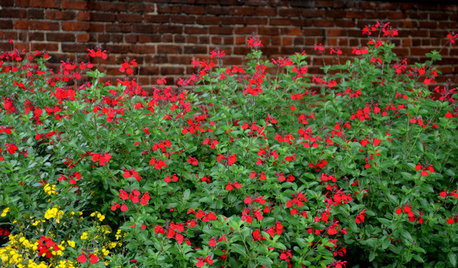
GARDENING GUIDESGreat Design Plant: Autumn Sage Brings Color and Butterflies
Whether you live in the arid desert or the humid South, you'll likely find this deer-resistant beauty as irresistible as winged creatures do
Full Story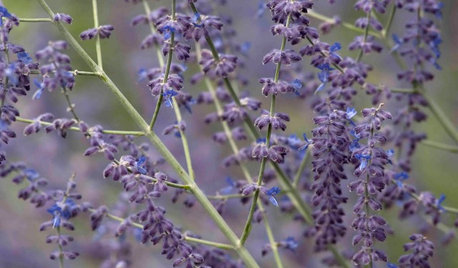
SPRING GARDENINGGreat Design Plant: Russian Sage
Silvery stems in winter and a haze of purple blooms in spring and summer make this spiky plant a year-round performer in the garden
Full Story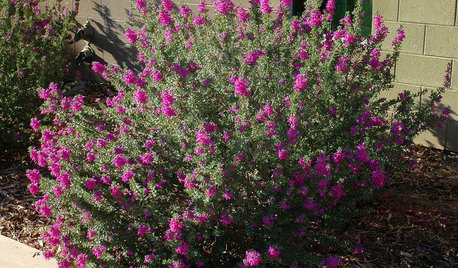
GARDENING GUIDESGreat Design Plant: Texas Ranger Explodes With Color
If purple is your passion, embrace Leucophyllum frutescens for its profusion of blooms and consider the unfussiness a bonus
Full Story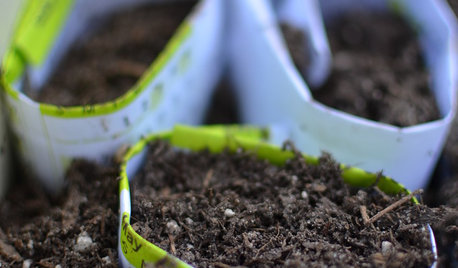
SOUTHWEST GARDENINGTexas and Desert Southwest Gardener's January Checklist
Since snow doesn't swirl in these parts, it's time to get fruit trees in the ground, check irrigation and color the garden with annuals
Full Story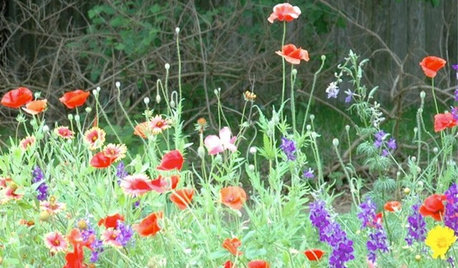
GARDENING GUIDESTexas Gardener's October Garden Checklist
Earn a "free" bonus by dividing perennials, make planting a priority now for hardy growth next year and keep an eye on your lawn
Full Story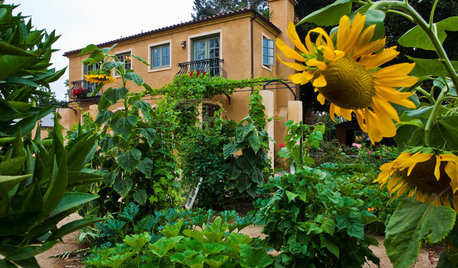
REGIONAL GARDEN GUIDESTexas Gardener's April Checklist
Get your sowing and planting on — spring brings a tantalizing array of possibilities in the garden
Full Story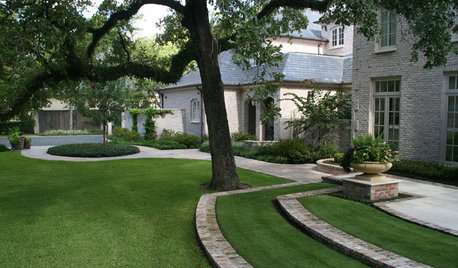
GARDENING GUIDESTexas Gardener's September Checklist
Clear out summer's leftovers to make way for your fall garden's perennials, trees and shrubs
Full Story0

GARDENING GUIDESTexas Gardener's August Garden Checklist
Here's how to help your garden thrive from the hot, dry month of August through fall
Full Story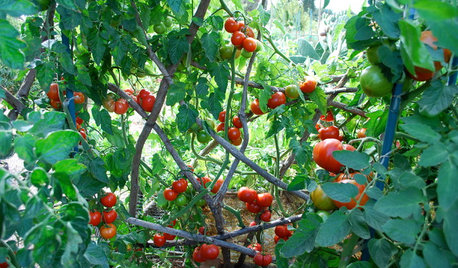
GARDENING GUIDESTexas Gardener's March Checklist
So long, freezing temperatures. It's time to kick off spring planting, lavish attention on lawns and sprinkle seeds to your heart's content
Full Story0
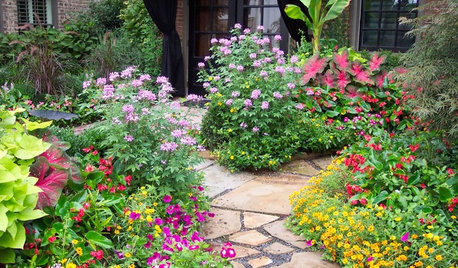
GARDENING GUIDESTexas Gardener: What to Do in June
Don't be discouraged by the dry summer heat — hardy plants, container gardens and smart watering can help landscapes thrive
Full Story0



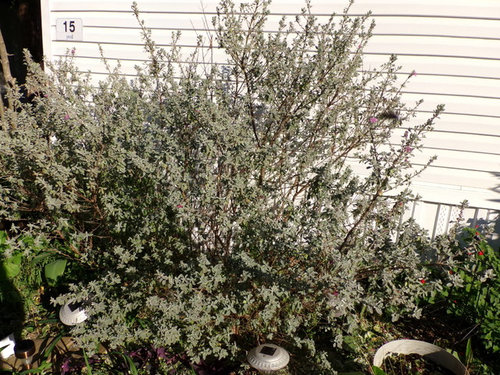

wantonamara Z8 CenTex